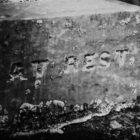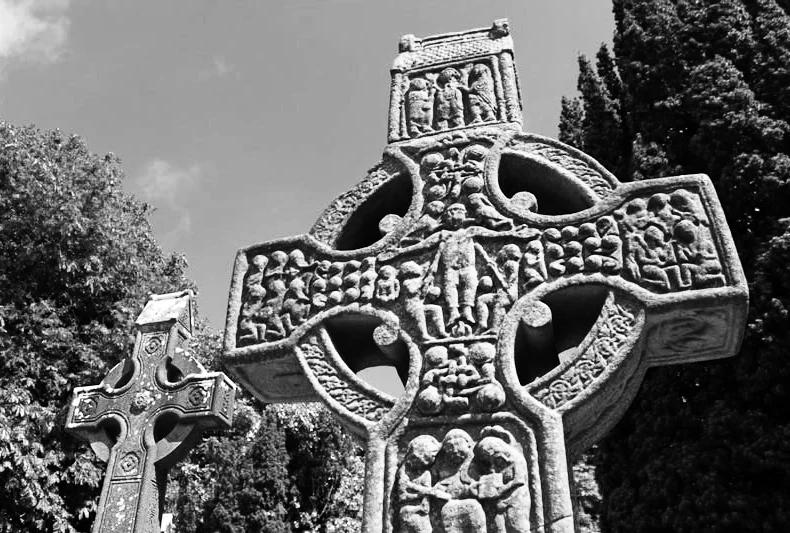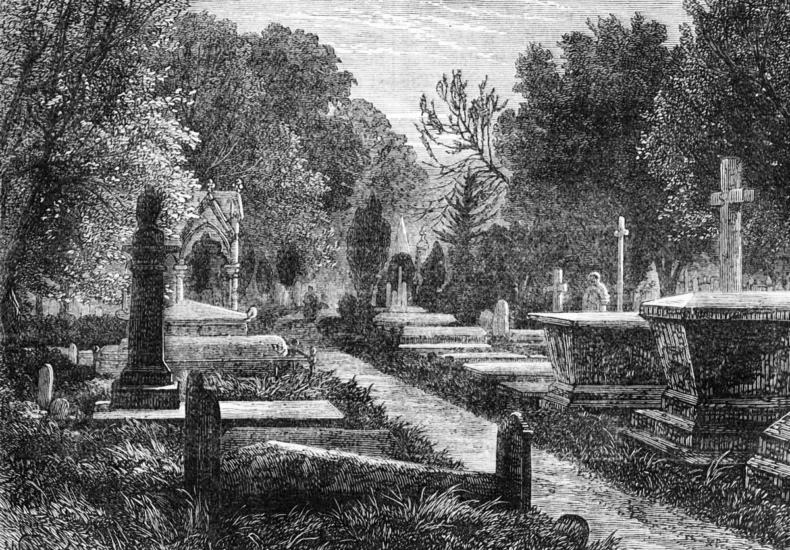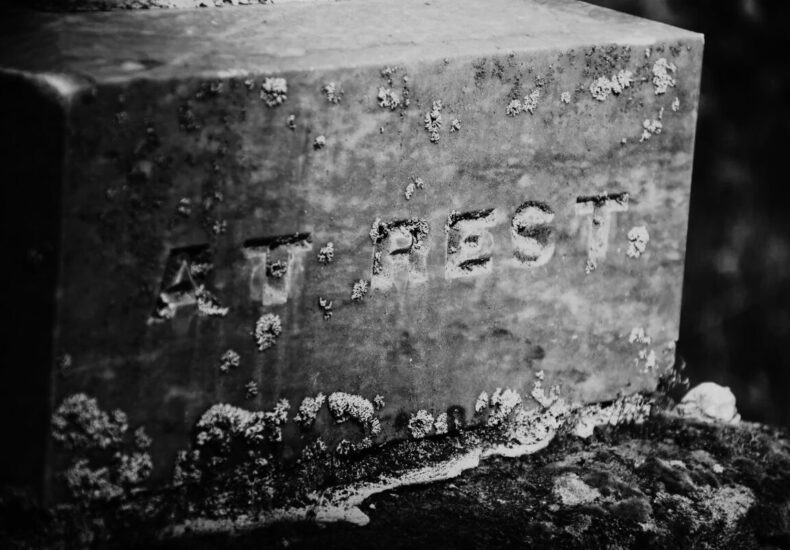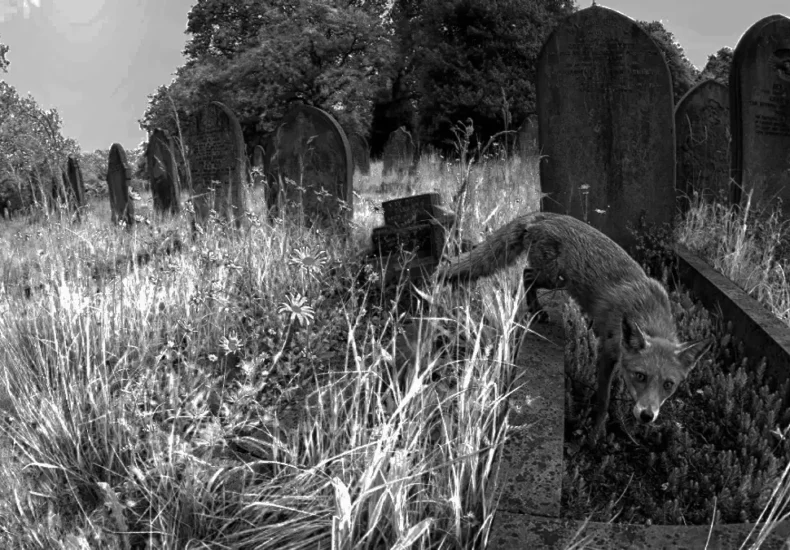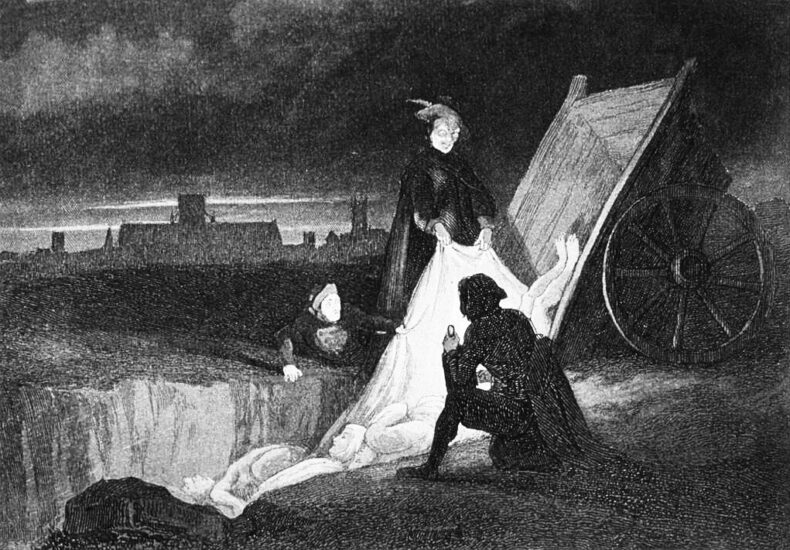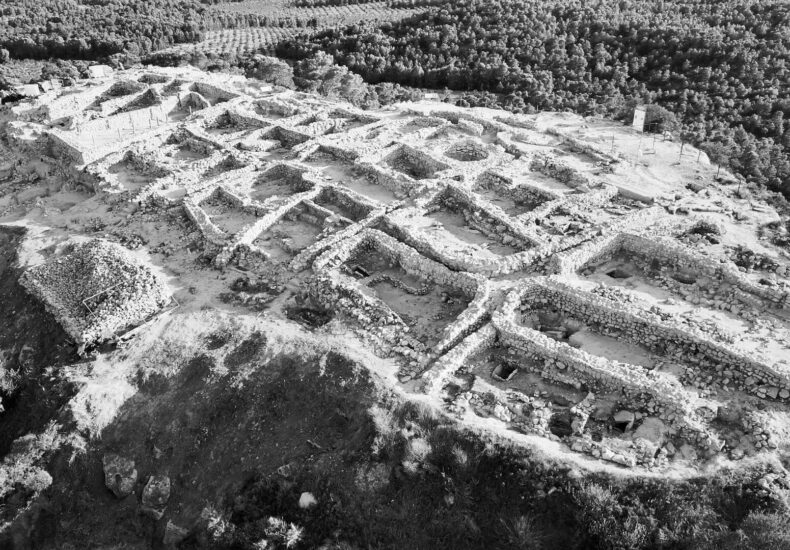Don't miss...
Lost & Found: How Ground-Penetrating Radar Helps Rediscover Forgotten Graves
Rediscovering forgotten graves may sound like the opening scene of a Gothic novel—fog curling over abandoned headstones, the earth quietly holding secrets beneath our feet. Yet in a world where urban growth collides with historic memory, locating lost burials isn’t just atmospheric; it’s essential. From preserving ancestral heritage to preventing accidental construction over burial sites,
Celtic Crosses & Ancient Symbols: Tracing the Origins of Cemetery Motifs
Cemeteries are, in many ways, open-air libraries—places where stories are carved in stone rather than printed on paper. And among those carved narratives, the Celtic cross and other ancient symbols stand out like illuminated manuscripts in a dusty archive. They invite us closer, whispering of older beliefs, lost rituals, and the stubborn human need to
Victorian Mourning Culture: Why Death Became an Art Form
Death, as the Victorians saw it, was not the end but a grand performance — a ritualised dance between grief and aesthetics. While today we often avoid talking about death (let alone decorating with it), the Victorians embraced it with an almost theatrical intensity. From black crêpe dresses to hair jewellery, mourning photography to elaborate
Cemetery Etiquette: Do’s & Don’ts When Visiting Burial Grounds
Visiting a cemetery is unlike any other experience—it’s a quiet dance between history, grief, art, and respect. Whether you’re a genealogist tracing your roots, a historian admiring ancient epitaphs, or simply a curious wanderer, there’s an unspoken code that governs these sacred grounds. Cemetery etiquette is not just about following rules; it’s about preserving the
Why Do People Visit Graveyards? The Psychology of Dark Tourism
Graveyards. For some, they’re places of sorrow; for others, a tranquil garden of remembrance. Yet for a growing number of travellers, cemeteries are destinations—sites of fascination, beauty, and even inspiration. From the iconic Père Lachaise in Paris to the hauntingly ornate Recoleta in Buenos Aires, graveyards have become magnets for the curious. But why? What
Death & Digital Legacy: What Happens to Online Memorials
Once upon a time, memory was carved in marble. Now, it’s encrypted in megabytes. We used to walk through stone gardens of remembrance; today, we scroll through digital ones. The modern cemetery is no longer a patch of earth—it’s a patch of code. But what happens to those ethereal monuments when the person who built
Cemetery Biodiversity: How Wildlife Finds Refuge Among the Dead
When we think of cemeteries, we often imagine solemn marble angels, wilting flowers, and quiet paths shaded by old trees. But beneath the melancholy surface, a surprising truth thrives — cemeteries are not just sanctuaries for the dead but also for the living. Birds nest in mausoleums, foxes burrow among tombstones, and bees hum peacefully
The Art of Mourning: How Cemeteries Became Open-Air Museums
Walk through the gates of any old cemetery, and you might notice something curious: it feels less like a graveyard and more like a gallery. The marble angels, neoclassical tombs, intricate ironwork, and moss-draped statues are not mere symbols of grief—they’re masterpieces. Cemeteries, once places solely for mourning, have evolved into open-air museums of art,
Plague Pits & Mass Graves: How Epidemics Shaped Burial Practices
When we think of cemeteries, the images that usually come to mind are carefully laid out rows of headstones, sculpted angels, or perhaps a romanticized mausoleum or two. What we don’t immediately imagine are pits—vast, hurriedly dug trenches where the dead were laid side by side, often nameless and forgotten. Yet, plague pits and mass
The Oldest Cemeteries in the World: A Journey Through Time
Cemeteries are not simply resting places for the dead; they are living archives of human history, silent storytellers whispering across centuries. Each grave marker, burial mound, or sacred cave is a cultural artifact, embodying the values, fears, and beliefs of those who once walked the earth. If you’ve ever wondered where the very first cemeteries




